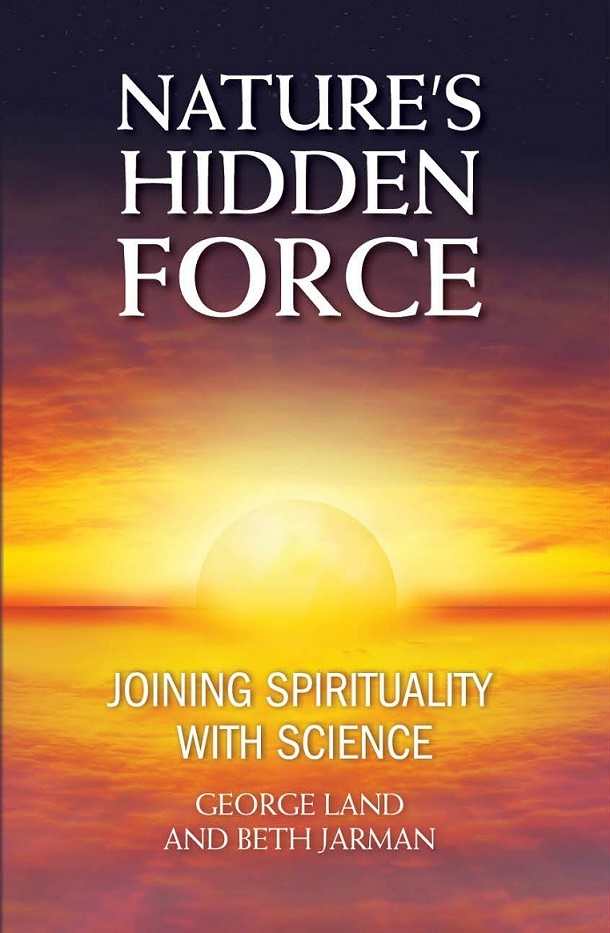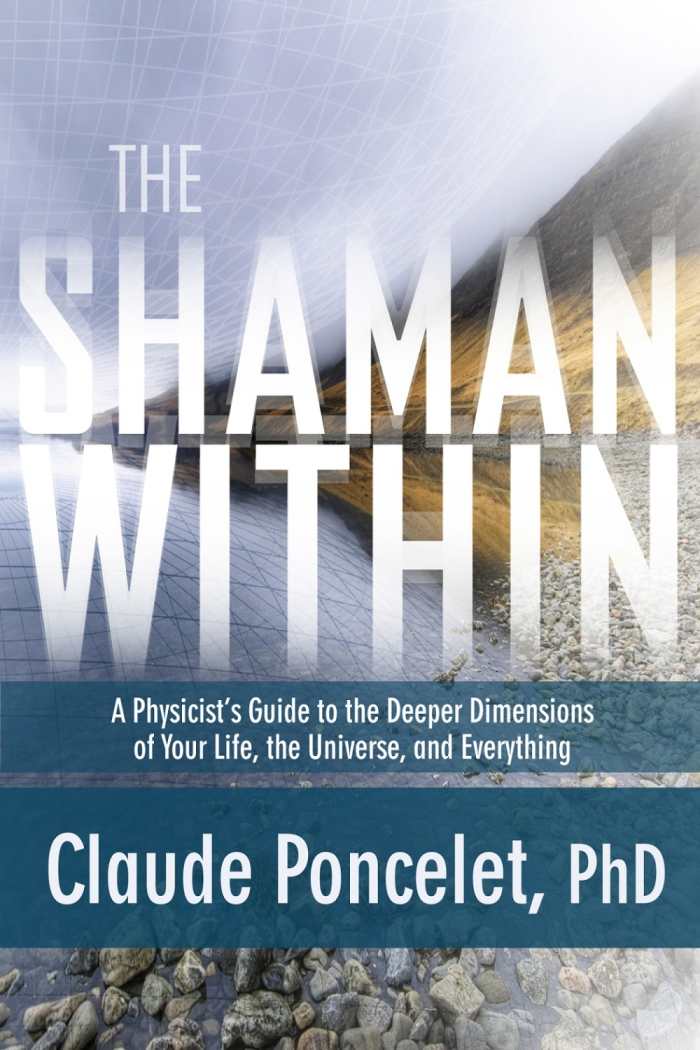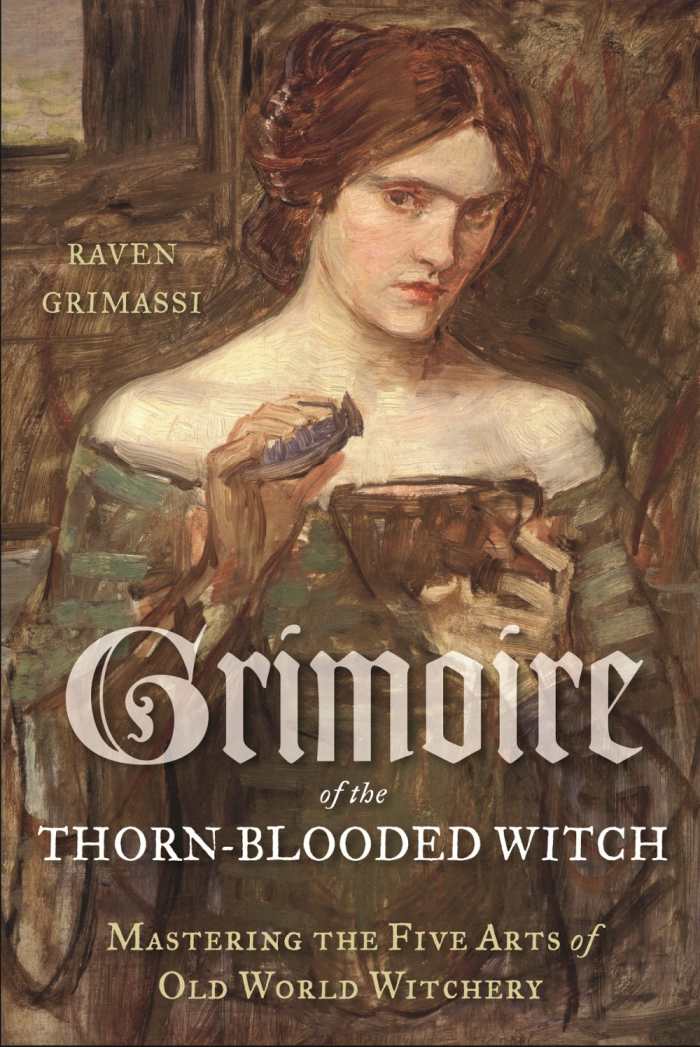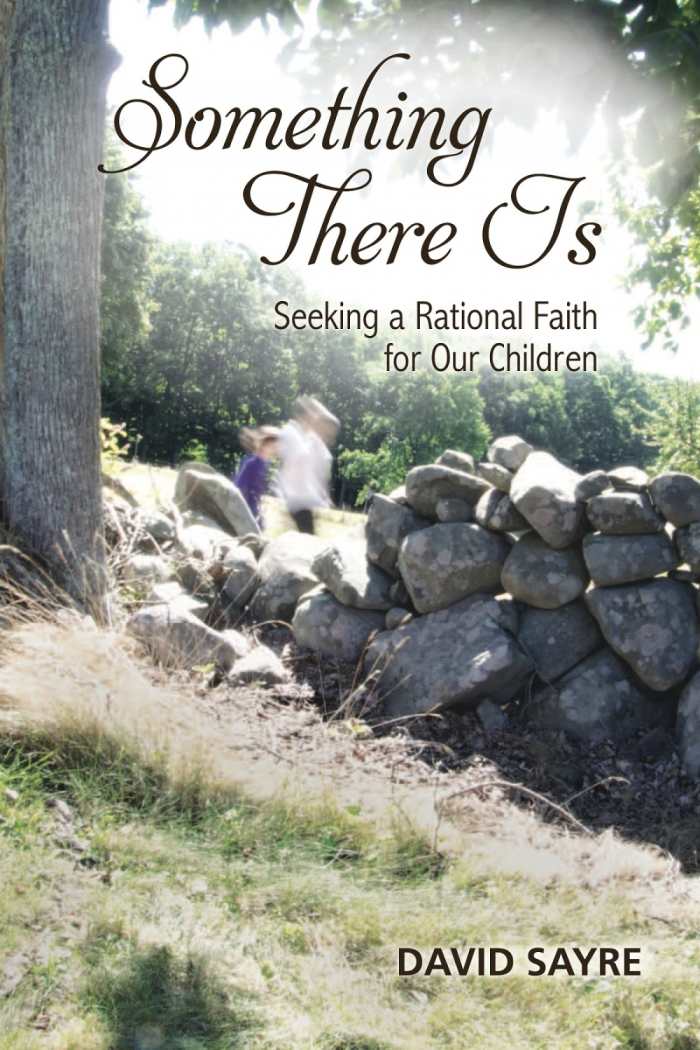And Then There Was One
The Closer We Look, the Shorter the Distance between Science and Religion
“Something there is that doesn’t love a wall,” wrote Robert Frost in his poem “Mending Wall.”
It turns out that the universe may not like them much either, for whether we look to the new discoveries of science or to spirituality to understand the universe and our place in it, the same answers keep turning up—and they have amazing implications for us as conscious beings.
One thing is evident: we won’t access the place where the rational mind meets spirit without work—tales both ancient and modern are replete with heroes’ journeys into lands filled with “dragons.” Compared to their epic struggles, our battles with ego and inertia seem a small price to pay for making the greatest connection of all. The easy way out—to extend our reach with technology—may turn out to be a mere diversion on the path to our full potential as human beings. But it may also be something much more devious, as Marshall McLuhan suggested when he wrote, in Understanding Media: The Extensions of Man: “We become what we behold. We shape our tools, and thereafter our tools shape us.” While the time-honored spiritual technologies for connecting with the universe and each other may require work, it is only through mastering them that we can come to claim our own power and become truly free and at home in the universe. Added benefits are that they don’t require electricity; cannot be destroyed by solar flares, terrorist acts, or hackers; and cannot be broken, stolen, or forgotten in the back seat of a taxi.
The authors featured here show how science and spirituality are breaking down the walls between them to offer a startling, exciting, and hopeful look at the universe. They offer practices for accessing non-ordinary reality coupled with convincing, science-backed evidence that the greatest connection we can make is the connection to our own spiritual power.
Nature’s Hidden Force
Joining Spirutuality and Science

George Land
Beth Jarman
Humanist Press
Softcover $16.99 (165pp)
978-0-931779-49-7
Buy: Local Bookstore (Bookshop)
Despite what the hallowed theory of entropy, part of the Second Law of Thermodynamics, has suggested, it appears that the universe is not set to go out with a whimper. Instead, George Land and Beth Jarman, authors of Nature’s Hidden Force, posit that the universe operates on the Law of Creative Connecting, or “Syntropy,” and is actually moving toward a more evolved, better, and brighter future and pulling everything—from particles to planets to us—into it.
Land (a senior fellow of the University of Minnesota, a fellow of the New York Academy of Sciences, and an inductee into the Creative Education Foundation’s Creativity Hall of Fame) and Jarman (an educator, cabinet secretary to two governors, state legislator, president of Leadership 2000, and CEO of The FarSight Group) were researching human creativity when they discovered something about the universe, nature, and our place in it that was so shocking in its beauty, elegance, and clarity that it transformed their work and their lives.
Described in language that makes reading about science a pleasure, their research revealed that whether we look above or below—to the macrocosm or the microcosm—there exists an energetic pull, which the authors call “Creative Connecting,” or “Future Pull.” This natural force, as real as gravity and very similar to human creativity in its workings, is pulling everything into a more evolved future characterized by ever greater, more elegant and efficient ways of being. Even more compelling, Land and Jarman illustrate how we, as conscious beings, can actually affect how this future will play out; if you’ve ever wondered how thoughts can become things, their explanation may be the first one that makes sense. Their work has profound implications for all areas of human endeavor, from education to economics, from how we care for the environment to how we can continue to maintain hope in our hearts.
KRISTINE MORRIS (August 27, 2014)
The Shaman Within
A Physicist’s Guide to the Deeper Dimensions of Your Life, the Universe, and Everything

Claude Poncelet
Sounds True
Softcover $17.95 (259pp)
978-1-62203-197-9
Buy: Local Bookstore (Bookshop)
“There is another reality in addition to the ordinary reality of space, time, matter, and energy,” writes Claude Poncelet, author of The Shaman Within, who has spent nearly thirty years engaged in shamanic practice and twenty-five teaching others to access this alternate reality. What may be surprising is that Poncelet is also a physicist specializing in nuclear physics, astrophysics, and cosmology, as well as a university professor and environmentalist who served as chief staff liaison on President Clinton’s Council on Sustainable Development.
For Poncelet, there is no inconsistency between shamanism and science; rather, he finds that “the modern scientific story and the shamanic story look increasingly similar in their understandings of reality.” What makes his work so exciting is his ability to bring shamanism, a ten-thousand-year-old way of accessing alternate reality, into the 21st-century Western world.
Shamanism differs from other spiritual practices in that it derives its power through the use of altered states of consciousness to access the spiritual dimension of reality. Poncelet offers practices that allow us to “see” and experience as a shaman does—with the heart, the third eye, and all the senses of the energy body.
Poncelet explains shamanic perspectives and principles (that everything is sacred and interconnected, that there is a spiritual dimension to reality, and that we have the capacity to intentionally enter this dimension) and makes connections between them and modern science, particularly quantum physics, cosmology, relativity theory, and neuroscience. His work, filled with personal experiences in both realms, lifts the veil between ordinary and non-ordinary reality to reveal the world as it truly is—alive, infused with spirit, and accessible.
KRISTINE MORRIS (August 27, 2014)
Grimoire of the Thorn-Blooded Witch
Mastering the Five Arts of Old World Witchery

Raven Grimassi
Weiser Books
Softcover $19.95 (259pp)
978-1-57863-550-4
Buy: Local Bookstore (Bookshop)
Raven Grimassi first came into contact with the Rose and Thorn Path of Witchery—an expression of the Greenwood Realm—through conversations with Old World Witches. Later, direct contact with the spirits of plants and the deep places within the Greenwood revealed profound things to him. “A kindred connection forms when we emanate with the love of the plant realm, when we sense the moon’s light as sacred, and when we understand Nature as self-aware,” he writes. Indeed, his new book, Grimoire of the Thorn-Blooded Witch, is not about faith or belief; it’s about experiences.
Grimassi, a neo-pagan scholar, is the award-winning author of over twelve books on witchcraft, a member of the American Folklore Society, and cofounder and codirector of the Crossroads Fellowship, a modern Mystery School tradition. Eschewing cultural forms, Grimassi brings four decades of personal experience and the relationships he developed with the spirits of the moon, the night, plants, and places to his new system of witchcraft. Based on the oldest of the old ways—the primal ways that preceded cultural forms—Grimoire of the Thorn-Blooded Witch offers practices and techniques for working with the Greenwood realm and explains the five arts of Old World Witchery: herbalism, divination, spirit mediumship, mysticism, and the use of magic.
The merely curious will learn a lot about the Old Ways and the lore that developed around them in Grimassi’s book—including why witches came to be depicted as riding on brooms—but make no mistake, this is a manual for serious practitioners. Grimassi makes it clear that mastery is only attained through correct, and sometimes arduous, practice; he also shows that when illuminated by solid teaching and coupled with a bright and compelling goal, such practice cannot help but be transformative.
KRISTINE MORRIS (August 27, 2014)
Dreaming—The Sacred Art
Incubating, Navigating, and Interpreting Sacred Dreams for Spiritual and Persnoal Growth

Lori Joan Swick
Skylight Paths Publishing
Softcover $16.99 (224pp)
978-1-59473-544-8
Buy: Local Bookstore (Bookshop)
“Spirit is always at work in dreams,” writes Lori Joan Swick, PhD, and human history is filled with dreamers who have encountered the sacred with results that have shaped our world. Both the Hebrew Bible and the Christian Gospels have their share of dreamers, and Muhammad’s night-journey dream is considered to be the foundation of the Islamic faith. The Buddha’s journey to enlightenment was marked by auspicious dreams, and for Hindus, all creation is the divine dream of Vishnu. Research on spiritual dreaming conducted for the American Psychological Association found that people remember their mystical dreams the best, and the data gathered shows that about 50 percent of the population has mystical dreams. Surprisingly, in the light of all this, Western religious scholars and academics have neglected the study of this fascinating sacred art—only the scholars and mystics of the East have a long history of studying dreams.
In Dreaming—The Sacred Art, Swick brings us a practical guide to accessing the gifts our dreams have for us, with techniques for incubating, navigating, and working with sacred dreams. The process will take time, she warns, but the rewards are well worth it, as dreamworkers experience improved metaphorical and imagistic thinking that can open up dimensions of experience the purely rational mind will never know. Sacred dreamers also experience expanded self-understanding and greater openness to reevaluating their assumptions about the nature of reality; their ability to make use of the guidance received in dreams increases, as does their empathy for others; creativity blossoms; and dream-workers acquire a better understanding of how fluid the boundaries between body and mind really are. With sacred dreaming, one’s life becomes permeated with a magical and mystical quality.
Swick shows us how, even if our dreams do not shape empires, they can deepen our spiritual awareness, enhance self-healing, and make it possible to live in these tumultuous times with a deeper and more joyful awareness of our purpose for being here.
KRISTINE MORRIS (August 27, 2014)
Something There Is
Seeking a Rational Faith for Our Children

David Sayre
Peter E. Randall Publisher
Softcover $15.00 (302pp)
978-1-931807-82-1
In his brief, thoughtful essays in Something There Is, David Sayre, an engineer who has led advances in communication and energy technologies for thirty years, speaks about the encounters he has had with people all over the world who are longing for a rational faith. Intended to be letters to his children, and written from diverse and often conflicted locations, Sayre’s poetic musings express the highly relatable need to believe in something greater than ourselves, and to do so without having to set our rational minds on the back burner. Despite the fear that “advancing knowledge threatens what we hold sacred, that solving mysteries reduces the realm of beauty, that faith and love cannot be rational, that our sense of the holy may be obsolescent in a world of technology,” the author finds the opposite to be true: “The science that enshrines a commitment to truth reveals the deepest beauties, finding order in places that were unknown or thought to be chaotic,” he writes. “Many who have devoted their lives to science testify to their sense of awe at the great beauty that lies at the heart of nature. … The experiences of order, of symmetry, of finding deep and hidden relationships, of consistent metaphors and analogies—all are deeply scientific, as well as beautiful.”
Sayre expresses confidence that the discoveries of science are consistent with the central teachings of the world’s great religions, as well as with those of the best in art and literature. He eloquently traces the evolution of societies from the primitive to the mature: “A primitive society forms exclusive, secret and defensive groups; a mature civilization seeks an inclusive community,” he writes. “A primitive society hides in shelter from a feared environment, and exploits what it can; a mature civilization seeks to understand and preserve its environment.”
Robert Frost’s idea—“something there is that does not love a wall”—is echoing throughout a universe that is, above all, about connection, and in which the very force of gravity may be seen as a metaphor for unconditional love.
KRISTINE MORRIS (August 27, 2014)
Kristine Morris

